Contaminated Land NZ
Contaminated Land RemediationGWE provides a wide range of contaminated land management services and we work in partnership with our clients to find cost-effective and practical solutions for remediating sites to comply with National Environmental Standards.
Contact us
Our approach is centred around a risk-based methodology to contaminated land issues and we work with regulators, clients, and stakeholders to find solutions that both protect the environment and take account of the practicalities inherent in land acquisitions and development projects.
Through this collaborative model, we have successfully managed the remediation of a wide variety of sites contaminated with heavy metals, hydrocarbons, solvents, pesticides and asbestos.
Contaminated Land Remediation – What We Do
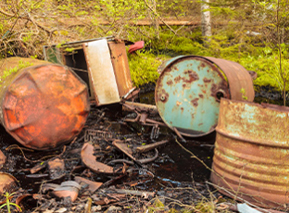
GWE assists owners of contaminated sites to meet the requirements of the National Environmental Standard for Assessing and Managing Contaminants in Soil to Protect Human Health (the NES). GWE reports are certified by in-house Suitably Qualified and Experienced Practitioners (SQEPs), as required by NES. We can provide our clients with the following services:
- Resource consent application and guidance
- Preliminary Site Investigations
- Detailed Site Investigations
- Remediation action plans
- Site management plans
- Site validation and certification
- Professional evidence and expert witness
Preliminary Site Investigations
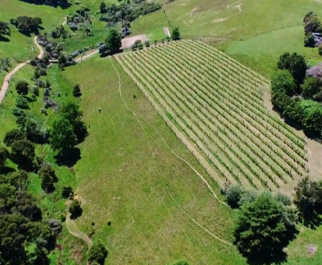
Our contaminated land specialists routinely carry out Preliminary Site Investigations. A preliminary site investigation (PSI) is often referred to as a desktop study because it doesn’t usually involve sampling and analysis of the soil. The main objectives of a PSI are to gather information about a piece of land to determine whether it may potentially be contaminated, to assess the suitability of the land for its current or intended land use, and to design a detailed site investigation (if required).
- Due diligence, pre-purchase investigations
- Existing residential, commercial, industrial and rural sites
- Proposed subdivisions and changes in land use and soil disturbance

Detailed Site Investigations
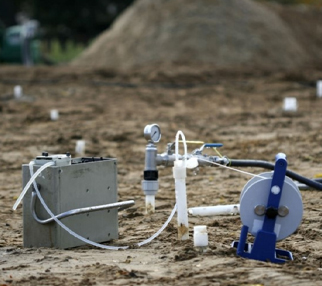
Our contaminated land specialists routinely carry Detailed Site Investigations. A detailed site investigation (DSI) involves the collection of field data and samples using intrusive (and possibly non-intrusive) techniques to identify, in a statistically robust manner, the nature of the contamination present on a site and delineate its extent.
- Heavy metals eg; arsenic, cadmium, copper, chromium, nickel, lead, zinc and mercury
- Pesticide residues eg; organochlorine pesticides such as DDT and Dieldrin
- Asbestos eg; asbestos containing material (ACM) or asbestos fibres
- Hydrocarbons eg; TPH, PAH and BTEX
Remediation Action Plans

We work closely with our clients to prepare cost-effective remediation action plans (RAP) to mitigate the risk posed by contaminants. Before developing a RAP, an analysis of remedial methods may be prepared to determine the most appropriate methodology (or methodologies) for the site. This analysis may form part of the RAP or may also be prepared as a separate remedial options report.
- Horticultural use (market gardens, glass houses, spray sheds, orchards, vineyards)
- Uncontrolled or non-engineered fill
- Asbestos in poor condition or in soil following building demolition
- Septic tank or on-site wastewater system
- Livestock dip and spray races
- Gas stations
- Mechanics or wreckers yard

Site Management Plans
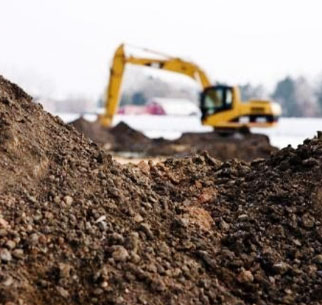
The key purpose of a site management plan (SMP) is to ensure that when undertaking works on contaminated sites the potential risks to the health of workers, the on-site environment and the off-site environment are adequately managed. In less complex cases all the requirements of an SMP could be included in a remediation action plan (RAP). An SMP will cover aspects such as:
- Site management, roles and responsibilities
- Preliminary works
- Waste soil classification
- Contamination protection measures
- Potential presence of asbestos
- Air monitoring, dust and odour control
- Unexpected contamination discovery
Site Validation and Certification
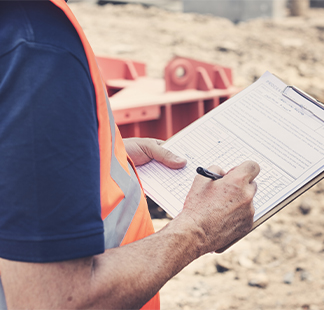
Effective remedial design should be closely monitored and certified by a qualified professional. GWE is regularly involved with contaminated land and groundwater remediation projects with strict clean up goals and achieving validation. We summarise our findings in a validation certifying report which is required by council to satisfy consent conditions. An SV&C Report will cover aspects such as:
- Rationale and justification for the validation strategy
- Analysis of the validation results
- Verification of compliance
- Documentation and chain of custody records
- Conclusions and recommendations
